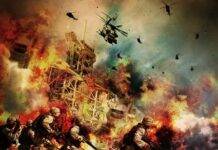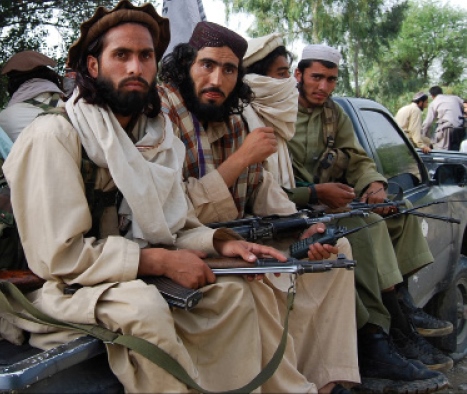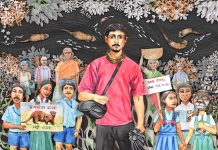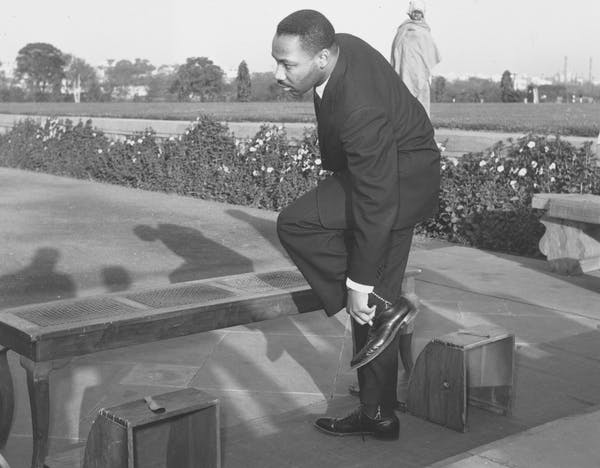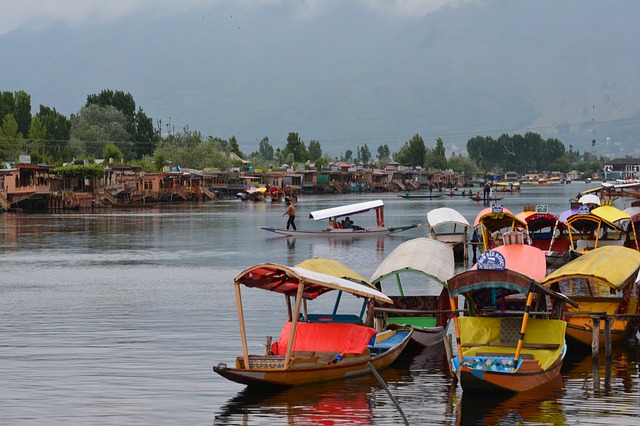
I am no expert on Kashmir nor am I an expert on the Constitution of India but like the majority of non-Kashmiri Indians, I have a huge burden of information about Kashmir and the constitutional provisions related to the now abrogated Article 370 of the Indian constitution. The truth-value of the information circulating on social media cannot be ascertained. However, this information is a cause for celebration for a large section of Indians who think that this step of revoking Article 370 of the Indian constitution by the Central government is a decisive step towards reaching the “final solution” on the Kashmir issue.
In addition, there is a small but substantial group of people who think that this is one of the most disastrous decisions taken by the government of democratic India and raises questions about the very nature of the democracy and rule of law in India.
The situation of uncertainty and speculation about Kashmir created by the swift and authoritative decision of the government has provoked me to reflect on my own relationship with the dream called Kashmir and imagine the lives of millions of Kashmiris, who were mere spectators when their destiny was being written in the temple of democracy in New Delhi in the most undemocratic and authoritative manner. I am not going to talk about the pros and cons of such a decision but I want to interrogate my own relationship with something called ‘Kashmir’.
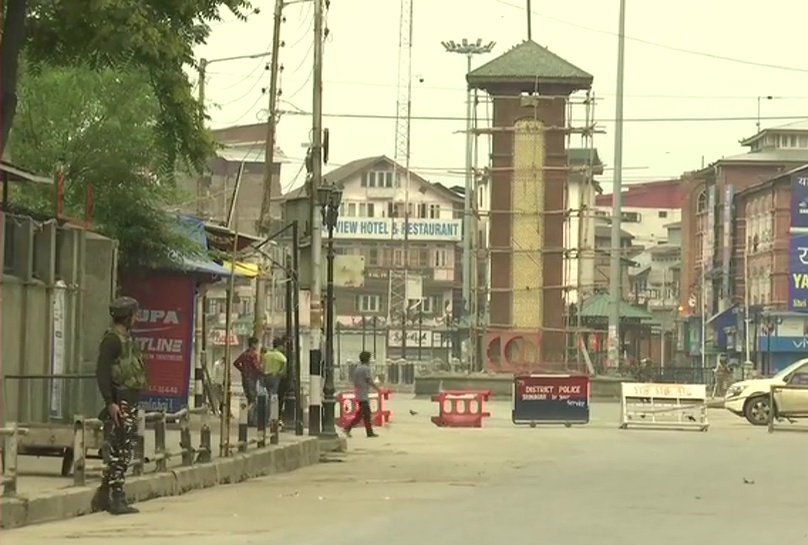
I grew up very far away from Kashmir, however, the geographical and cultural distance notwithstanding acquainted me with Kashmir at a very young age. Maybe, it was the map of India which provided a visual depiction of Kashmir. My father, while explaining the map of India to me always referred to Kashmir as the crown of India and talked about the magnificent Himalayas, the beautiful Dal lake and the extensive tulip gardens which made it the ‘heaven on earth’. He had never visited Kashmir but was quite well informed about the place. This description painted the image of a dreamland called Kashmir in my mind. Like the majority of Indians, these descriptions developed a sense of longing towards Kashmir and its unparalleled beauty.
It was in the early part of this century that we first had a television in our home and could travel all around the globe sitting comfortably in our own living room. This is when the celluloid representation of Kashmir confronted me. The cinematic representation of Kashmir created a double bind about Kashmir in my mental space, on one hand it represented the magical beauty of Kashmir and kept my dream of Kashmir intact, on the other hand, it showed the dark side of Kashmir- the pervasive militancy and the efforts of the Indian state to save Kashmir from Pakistan and from the ‘radicalised’ Kashmiris.
The representation of Kashmir in television news and newspapers also reflected the contradictory image of Kashmir as heaven on earth and also a land of violence due to terrorism and militancy. In all these efforts at representation, there was an underlying need to prove that Kashmir was an integral part of India and that the Indian government was trying to bring peace to the region even with the use of force.
During this time I first met a Kashmiri, an old Kashmiri wool-trader who used to visit my hometown every winter to sell winter clothes and walnuts. Every year he used to come not only with items to sell but also with stories to tell about his homeland, the story of the beauty and the tragedy of Kashmir. He used to remind me of ‘Kabuliwallah’ from Rabindranath Tagore’s famous story. I remember an instance when he started sulking while sharing the story of his nephew who had gone missing in the valley. It was this ‘Kashmiri Baba’, as I would fondly call him who narrated the story of human anguish. Along with this intimate narrative, I was being educated about the objective conditions of Kashmir’s accession to India in my history textbooks. However, the contradictory image of Kashmir as a dreamland and land of tragedy got firmly engrained into me.
I went to Delhi for my higher studies and I met many Kashmiri students. As I became friends with them, they spoke about their lived realities in Kashmir. I got acquainted with Kashmiri culture and tradition through their stories about the ways of life in Kashmir. They also shared stories of living a ‘normal’ life amidst fear and constant surveillance. This was not easy to digest for me as it challenged my understanding of the nature of the Indian republic and democracy. The pride I took in being a citizen of a country which was discursively constructed as the guardian of plurality and tolerance, this pride was shattered by the bloody truth of Kashmir. This brute truth revealed the dark side of the Indian nation-state, which can use its brute force to lay claim and establish its legitimacy in any conflicted region which it considers its own.
This realisation was not easy, terms such as ‘India occupied Kashmir’ which I frequently heard from my Kashmiri friends made me uneasy, it forced me to talk about the autonomy given to Kashmir under Indian Constitution, the intentions of Pakistan and the unfeasibility of a free Kashmir. I was aware that while uttering these words I was creating fiction for myself to gulp the painful reality of Kashmir and its treatment by the Indian government rather than defending the Indian state. However, I always held this hope that things will improve in Kashmir and my beloved nation will redeem itself by acting for the welfare and betterment of Kashmir. With the increasing militarisation of the state of Jammu and Kashmir in the last few years, this hope and possibility of peace and wellbeing of Kashmir slowly fizzled out.
The tussle between the contradictory images of Kashmir as a beautiful dream and the land of tragedy in my mind seems to have reached its culmination with the abrogation of the Article 370 by the BJP led government. The fear and paranoia that has engulfed the valley in the last week amidst increasing militarisation, suspension of civil liberties and a communication blockade are a testimony to the failure of the Indian government to develop trust and allegiance among the people of Kashmir. The mask of democracy and tolerance that India projected in dealing with Kashmir has finally been thrown away in an unapologetic and authoritative manner. This will be a new beginning to the old tragic story of Kashmir. There is an attempt to seek peace through force, history tells us that this does not work.
Meanwhile, the present government has been able to project this act of high-handedness and unilateral decision making as another step towards India becoming a strong nation under a strong leader. The majoritarian and communal undertones are rampantly visible in the celebration that has ensued after this decision among a large section of the Indian population. After all, the state of Jammu and Kashmir was the only Muslim majority state in India. I may sound pessimistic and nihilistic but for me, the dream called Kashmir is over. The moment I hear the word ‘Kashmir’, a painful picture of disappeared young boys, the sound of the marching boots of the army and the uncontrollable tears of mothers who have lost their young sons to militancy envelop me. I feel utterly weak. Perhaps, I can only pray for the well being of the people of Kashmir.
Kunal Shahdeo is pursing his Ph.D. in Sociology from IIT/Mumbai.


